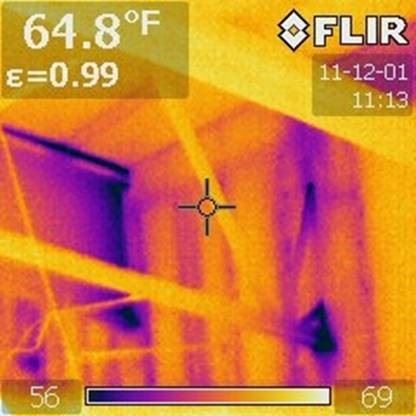Structures and Sustainability
Presented by:

James D’Aloisio, P.E., SECB, LEED AP BD+C
Jim D'Aloisio is a Principal with Klepper, Hahn & Hyatt, a structural engineering, landscape architecture, and building envelope services firm in Syracuse, NY. A graduate of Rensselaer Polytechnic Institute, Mr. D'Aloisio is a Registered Professional Engineer (NY and MA), Certified by the Structural Engineering Certification Board (SECB), a LEED Accredited Professional (LEED AP BD+C), and a GPRO (Green Professionals Contractor Training) instructor. Jim is the previous chair of the ASCE Structural Engineering Institute (SEI) Sustainability Committee, and is on the steering committee of the SEI Thermal Bridging Task Committee. Jim's a principal investigator for the Pankow Foundation-sponsored research project "Thermal Break Strategies for Cladding Systems in Building Structures." He is a former Chair of the U.S. Green Building Council's New York Upstate Chapter, a former USGBC National Board Member (2009), and is a trained member of the Climate Reality Leadership Corps. He has written over 20 articles on the relationship between structures and sustainability, and has presented over 100 times.
Presentation Details:
Part I - Sustainability and the Structural Engineer (1:15)
An overview of the impact that buildings, bridges, and other structures have on resource consumption, waste generation, and emissions, and the importance of the role that the structural engineer can play in minimizing these impacts. We’ll review the impact of standard structural materials, and take an overview of some interesting alternative structural systems.
Part II - Green Codes and Standards, from a Structural Perspective (0:45)
An overview of LEED 2009 and LEED v4, the Envision rating system, Green Globes, the IGCC, focusing on the significance of these codes and standards on structural design, and an exploration of what a structural engineer can do to help a project team meet the owner’s requirements and contribute to overall project sustainability. We will also touch upon other relevant code issues.
DINNER
Part III - Structures and Carbon (1:00)
A look at traditional structural materials - concrete, steel, masonry and wood - and the magnitude of carbon dioxide equivalent (CO2e) emissions generated by their manufacture and use. We will put these emissions in perspective by comparing them to the emissions produced during a lifetime of heating and cooling a building, as well as transportation and other sources. We will also look at ways to modify the materials’ usage or specifications to minimize emissions, both from the construction process and from the long-term heating and cooling of conditioned buildings.
Part IV - Structural Thermal Bridging in Buildings (1:00)
An overview of the problems associated with conductive structural elements that pass across an insulated building envelope (energy loss as well as other effects). We’ll look at quantification of the problem, review infrared images of building that reveal heat structural heat loss in buildings, and identification of strategies to minimize or eliminate thermal bridging.

PDH: 4 PDHs provided
All RSVPs are final and no shows will be billed.
